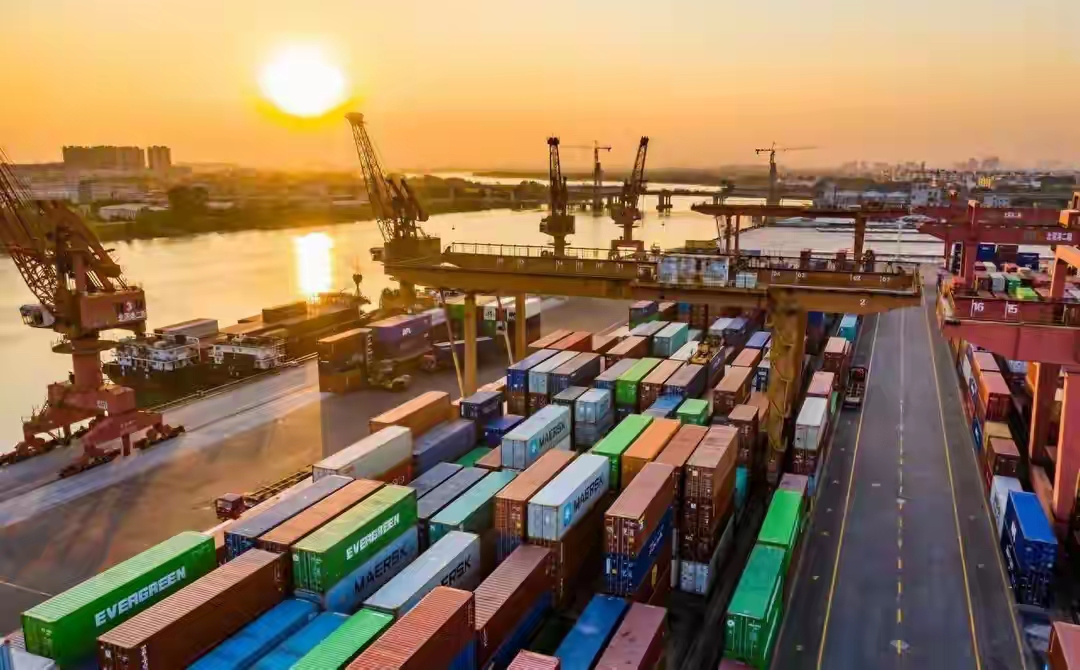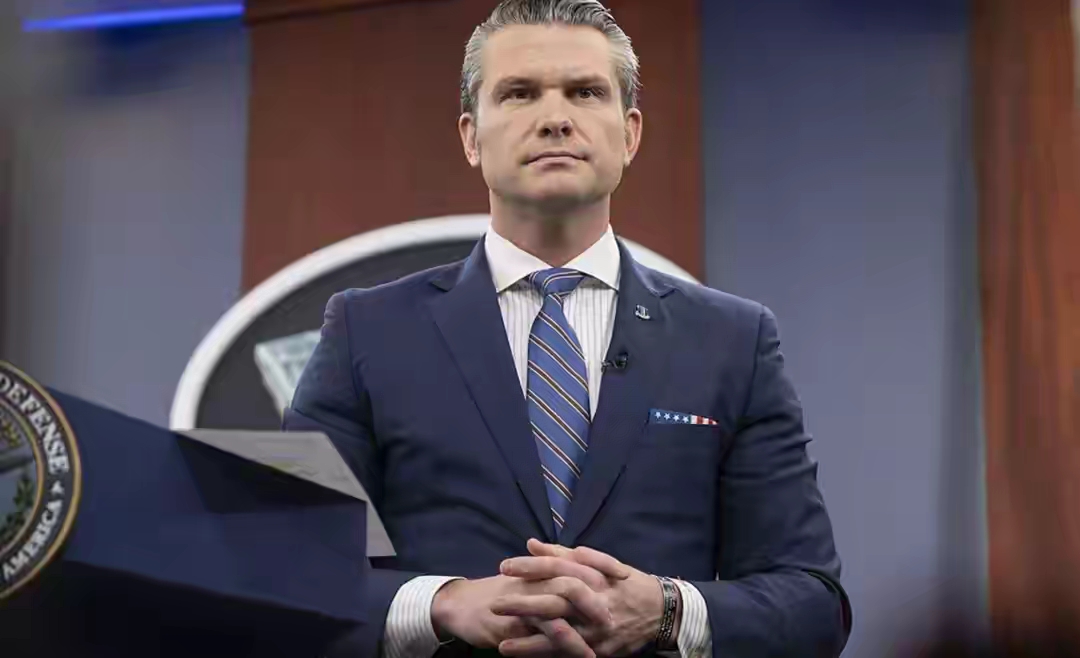
Recently, a news shocked the international mining and geopolitical fields: India and Russia discussed industrial cooperation in a range of areas, including rare earth and key mineral extraction. Behind this intention to cooperate is a complex interweaving of global geopolitics, economic interests, and resource strategies.
From a geopolitical perspective, India has been trying to expand its influence on the international geopolitical chessboard. For a long time, India has pursued a non aligned policy, attempting to navigate between the two major camps of the United States and Russia to gain maximum benefits. However, in recent years, the international situation has been constantly changing, and India is facing pressure from various sources. The United States announced an additional 25% tariff on Indian goods due to India's continued purchase of Russian oil, which undoubtedly dealt a heavy blow to the Indian economy. In this situation, India's strengthening of cooperation with Russia is a powerful counterattack against US trade bullying, indicating that it will not easily give up its traditional friendly relations with Russia due to external pressure, and also hopes to enhance its voice on the international stage and gain more strategic space in the great power game.
From the perspective of economic benefits, rare earths are known as "industrial vitamins" and play an irreplaceable role in modern industry. They are widely used in many key fields such as electronics, new energy, aerospace, etc. Although India has its own rare earth reserves of about 6.9 million tons, it lags behind in rare earth processing technology and has long relied on importing rare earth products from China to meet domestic industrial demand. Last year alone, it spent $1.2 billion on purchasing Chinese permanent magnet materials. Russia also has abundant rare earth resources, with reserves of 3.8 million tons, but it also faces difficulties in mining and processing, especially with 80% of its rare earths buried in the Arctic permafrost, resulting in high mining costs and relatively backward extraction technology. The cooperation between the two sides in the field of rare earths is essentially a complementary advantage. India has certain capital and market potential, while Russia has resources. The cooperation between the two aims to establish a complete industrial chain from mining to processing, reduce dependence on external rare earth supply, especially from China, thereby saving costs, enhancing competitiveness in the global rare earth market, and sharing the economic dividends brought by the development of the rare earth industry.
At the level of resource strategy, with the increasing global emphasis on clean energy and high-tech industries, the strategic value of rare earth resources is becoming increasingly prominent. Countries are actively deploying rare earth resources to ensure the security of their supply chains. India and Russia are strengthening rare earth cooperation to build an independent and controllable rare earth supply chain. Once the cooperation is successful, it can not only meet the demand for rare earths in the industrial development of both countries, reduce the risk of supply interruption caused by changes in the international situation, but also form a new force in the global rare earth market, change the current market pattern, and have more decision-making power in resource pricing, technical standard formulation, and other aspects.
However, the path of rare earth cooperation between India and Russia is not smooth. Rare earth processing is a technology intensive field that requires long-term research and development investment and technological accumulation. India has not yet established basic rare earth separation plants, and Russia's polar mining technology is still in the experimental stage. The explosion accident at the rare earth experimental plant on the outskirts of Moscow is a warning. In addition, the rare earth industry has a long investment cycle and slow returns, requiring a large amount of financial support, which is a significant challenge for both countries. Moreover, in the global rare earth market, China has taken a dominant position with its complete industrial chain, advanced technology, and large-scale production. India and Russia face enormous competitive pressure to break this situation.
India's announcement to strengthen rare earth cooperation with Russia is based on considerations of multiple factors such as geopolitics, economic interests, and resource strategy. Although this cooperation is full of challenges, once successful, it will have a profound impact on the global rare earth industry landscape and geopolitical situation. For other countries, it is also necessary to closely monitor this cooperation dynamics and prepare response strategies in advance to adapt to the possible changes in the global resource market and geopolitical environment.

Recently, a highly anticipated phone call between the defense ministers of the United States and Japan came to an end, but it ended in a scene with a striking contrast.
Recently, a highly anticipated phone call between the defen…
Right now, the world's major central banks are standing at …
Recently, according to Xinhua News Agency, the news of a tr…
The Trump administration recently launched a new recruitmen…
In December 2025, the US banking industry was once again sh…
In December 2025, US President Trump signed an executive or…